Integrin-assisted T-cell activation on nanostructured hydrogels Judith Guasch, Christine A. Muth, Jennifer Diemer, Hossein Riahinezhad, Joachim P. Spatz
| Erscheinungsform: | Aufsatz |
| Autor/Urheber: | |
| Beteiligte: | |
| Umfang: | 7 |
| Anmerkungen: | Gesehen am 24.07.2018 |
| Identifikatoren/Sonstige Nummern: | 1577901401 [PPN] |
| In: | Washington, DC : ACS Publ., 2001 17(2017), 10, Seite 6110-6116 volume:17 year:2017 number:10 pages:6110-6116 extent:7 |
| Inhalt: | - Adoptive cell therapy (ACT) has shown very promising results as treatment for cancer in a few clinical trials, such as the complete remissions of otherwise terminal leukemia patients. Nevertheless, the introduction of ACT into clinics requires overcoming not only medical but also technical challenges, such as the ex vivo expansion of large amounts of specific T-cells. Nanostructured surfaces represent a novel T-cell stimulation technique that enables us to fine-tune the density and orientation of activating molecules presented to the cells. In this work, we studied the influence of integrin-mediated cell-adhesion on T-cell activation, proliferation, and differentiation using nanostructured surfaces, which provide a well-defined system at the nanoscale compared with standard cultures. Specifically, we synthesized a polymeric polyethylene glycol (PEG) hydrogel cross-linked with two fibronectin-derived peptides, cyclic Arg-Gly-Asp (cRGD) and cyclic Leu-Asp-Val (cLDV), that are known to activate different integrins. Moreover, the hydrogels were decorated with a quasi-hexagonal array of gold nanoparticles (AuNPs) functionalized with the activating antibody CD3 to initiate T-cell activation. Both cLDV and cRGD hydrogels showed higher T-cell activation (CD69 expression and IL-2 secretion) than nonfunctionalized PEG hydrogels. However, only the cRGD hydrogels clearly supported proliferation giving a higher proportion of cells with memory (CD4+CD45RO+) than naı̈ve (CD4+CD45RA+) phenotypes when interparticle distances smaller than 150 nm were used. Thus, T-cell proliferation can be enhanced by the activation of integrins through the RGD sequence.
|
| URL: | http://dx.doi.org/10.1021/acs.nanolett.7b02636 |
| Weiter im Partnersystem: | https://swb.bsz-bw.de/DB=2.1/PPNSET?PPN=1577901401 |

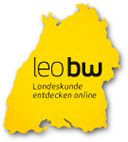



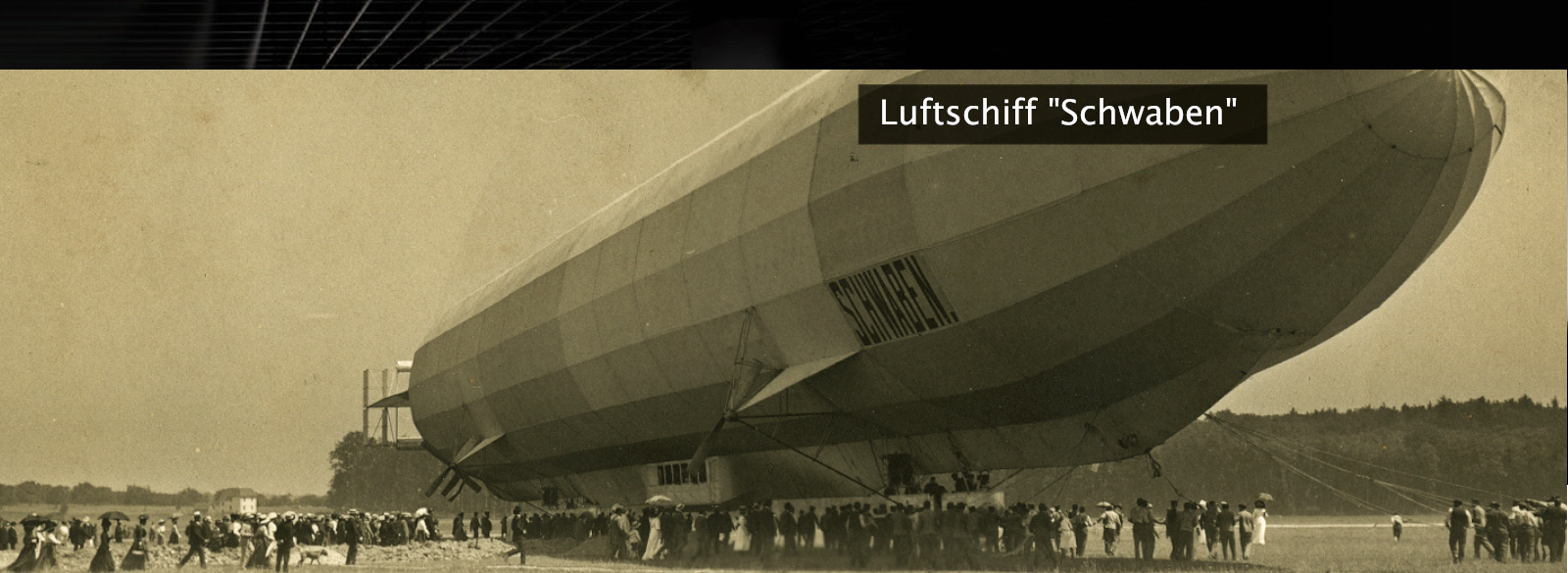
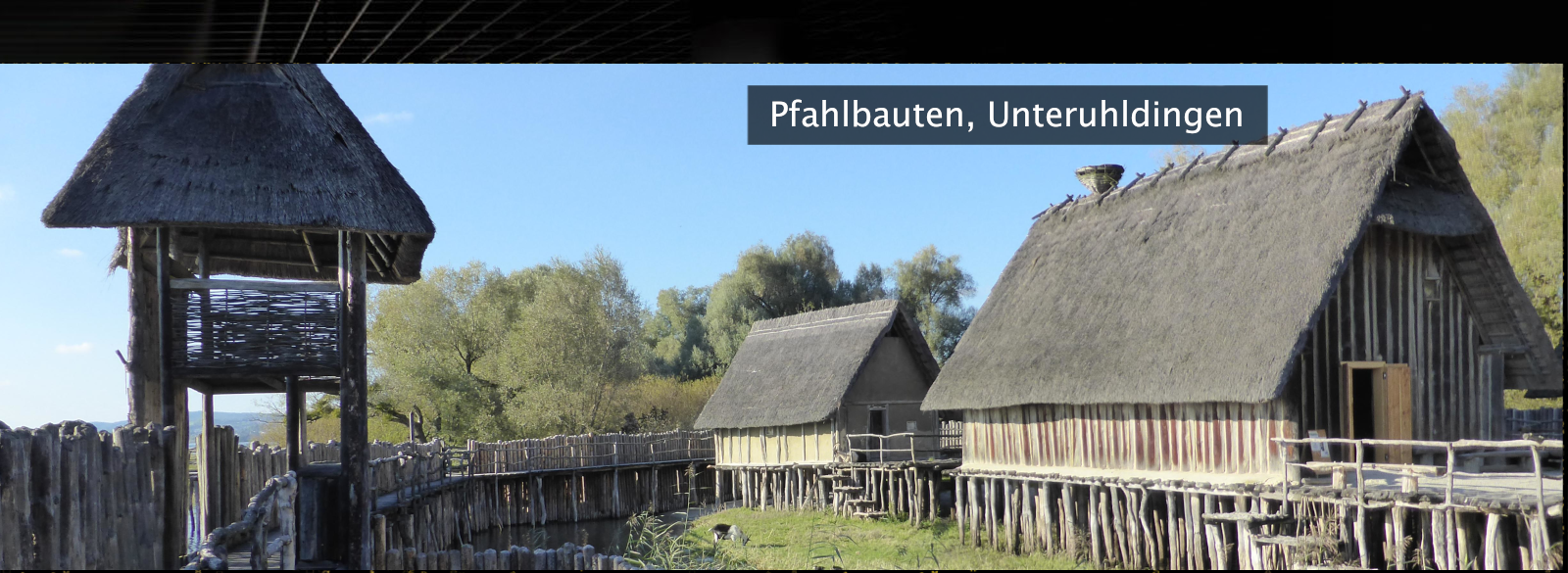



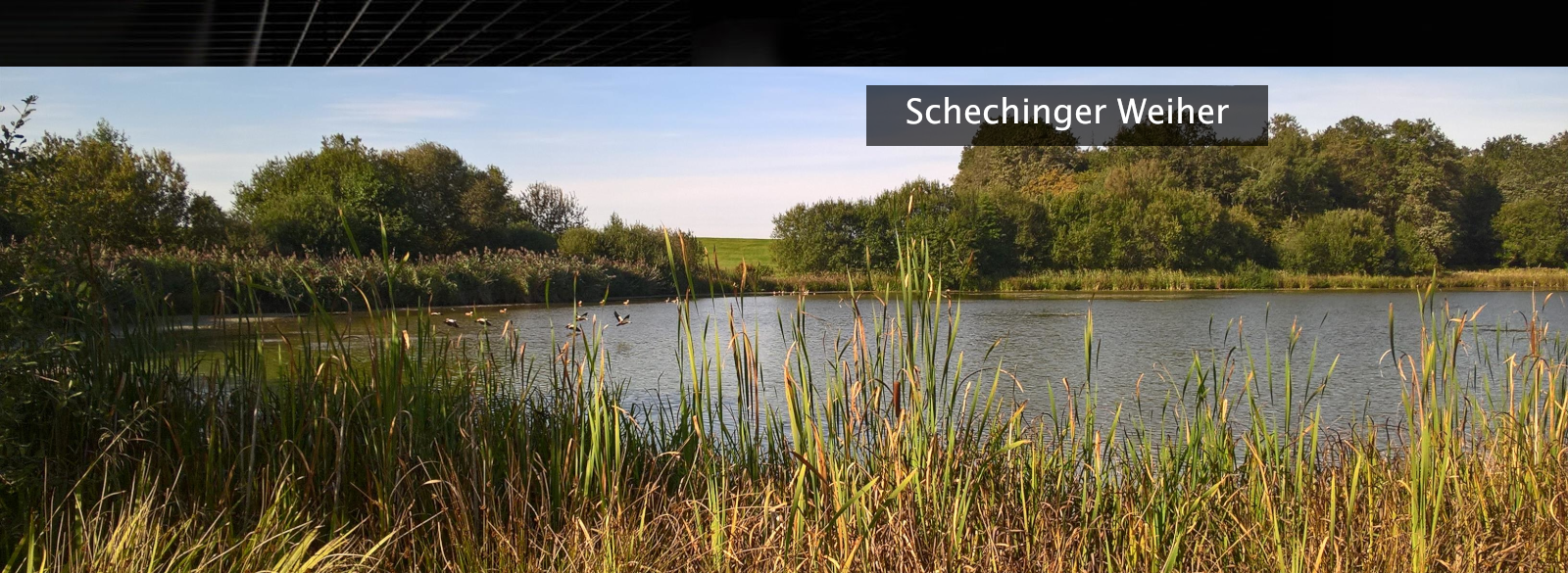

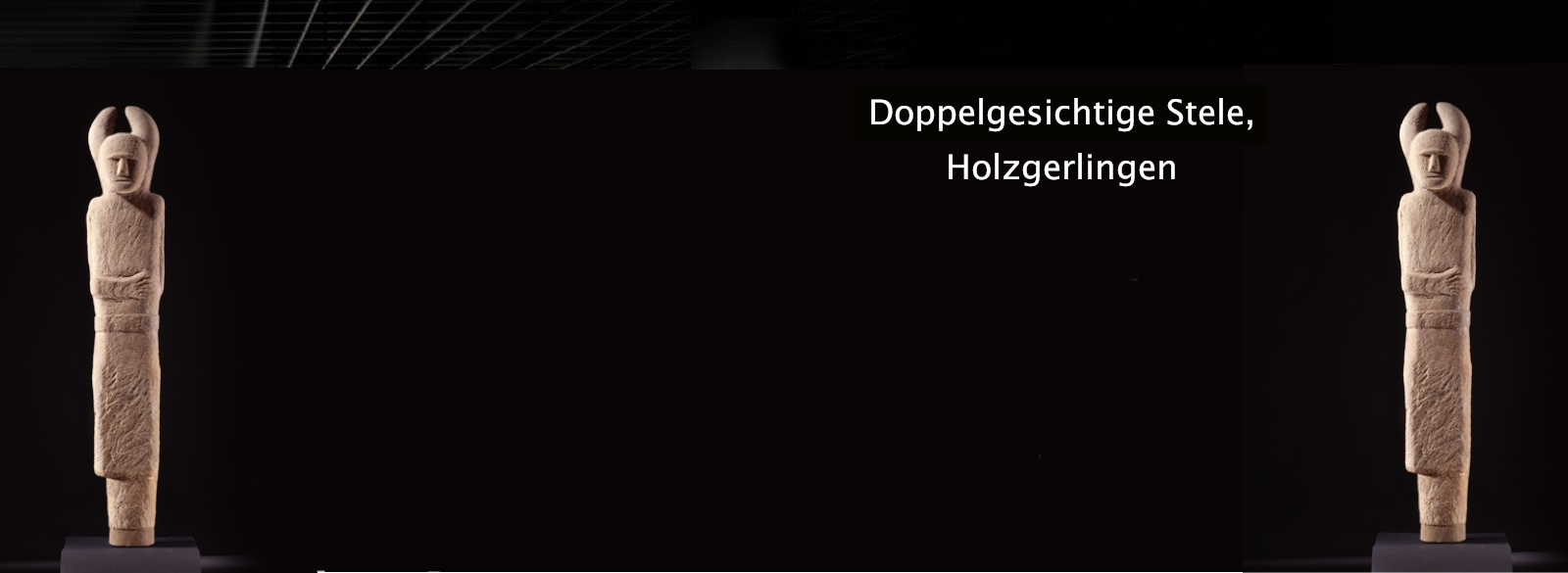

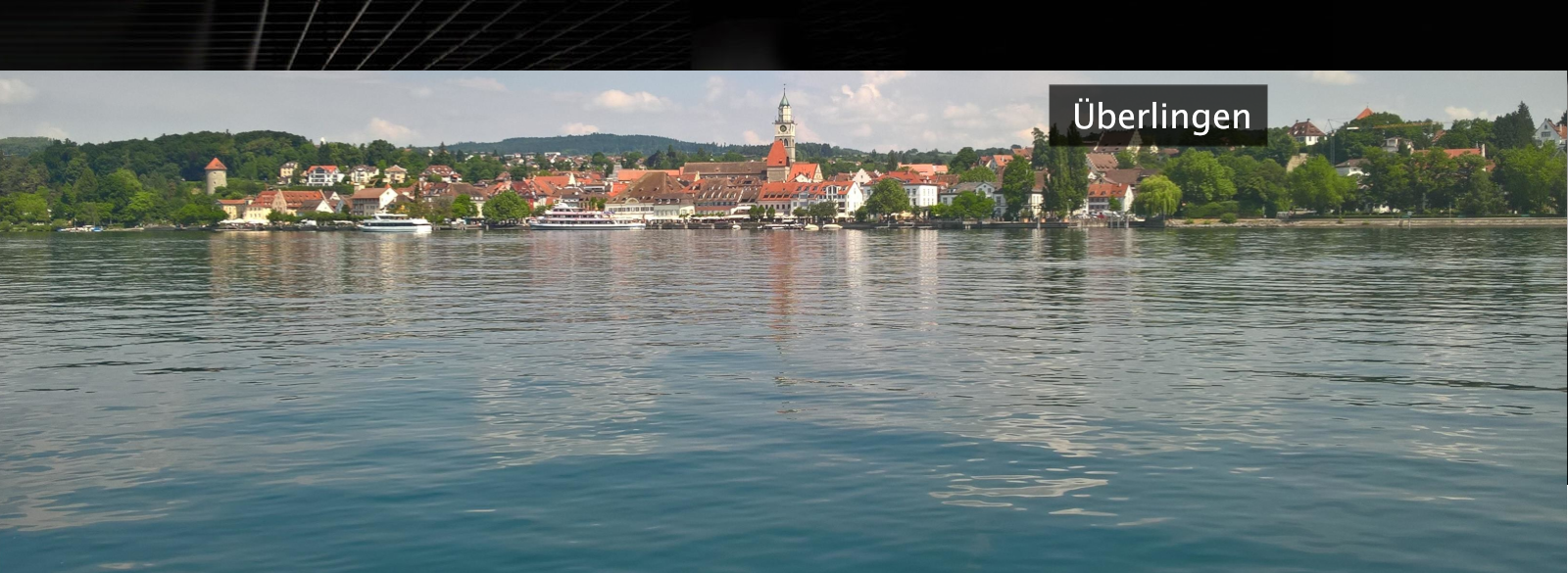

 leobw
leobw